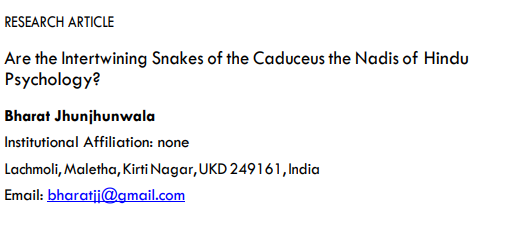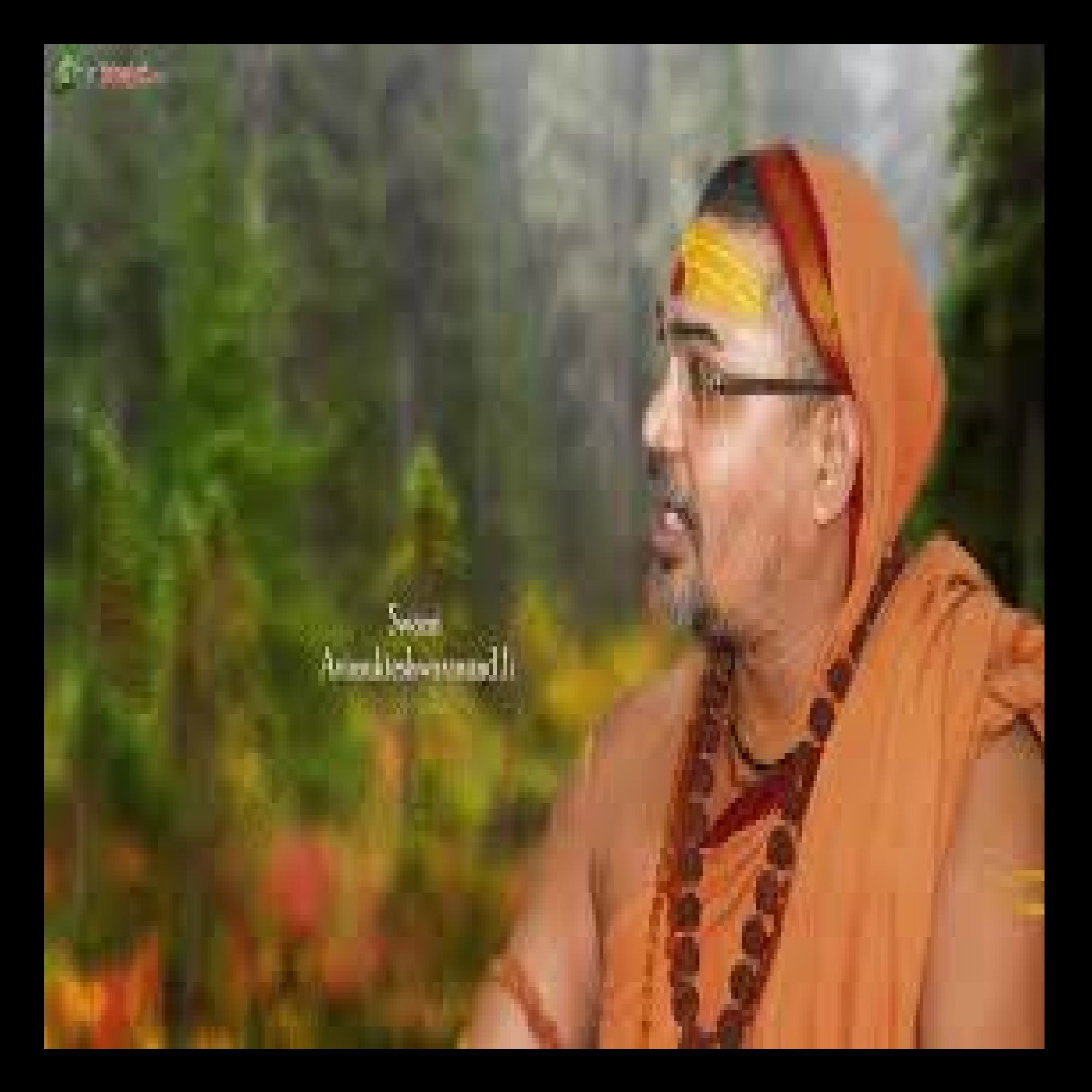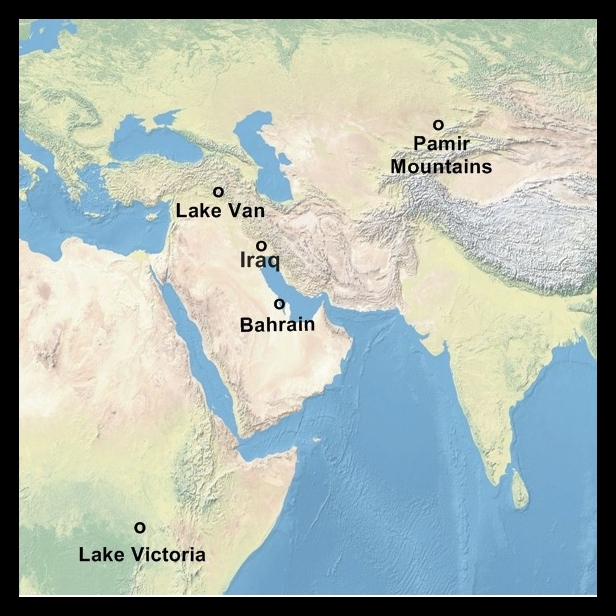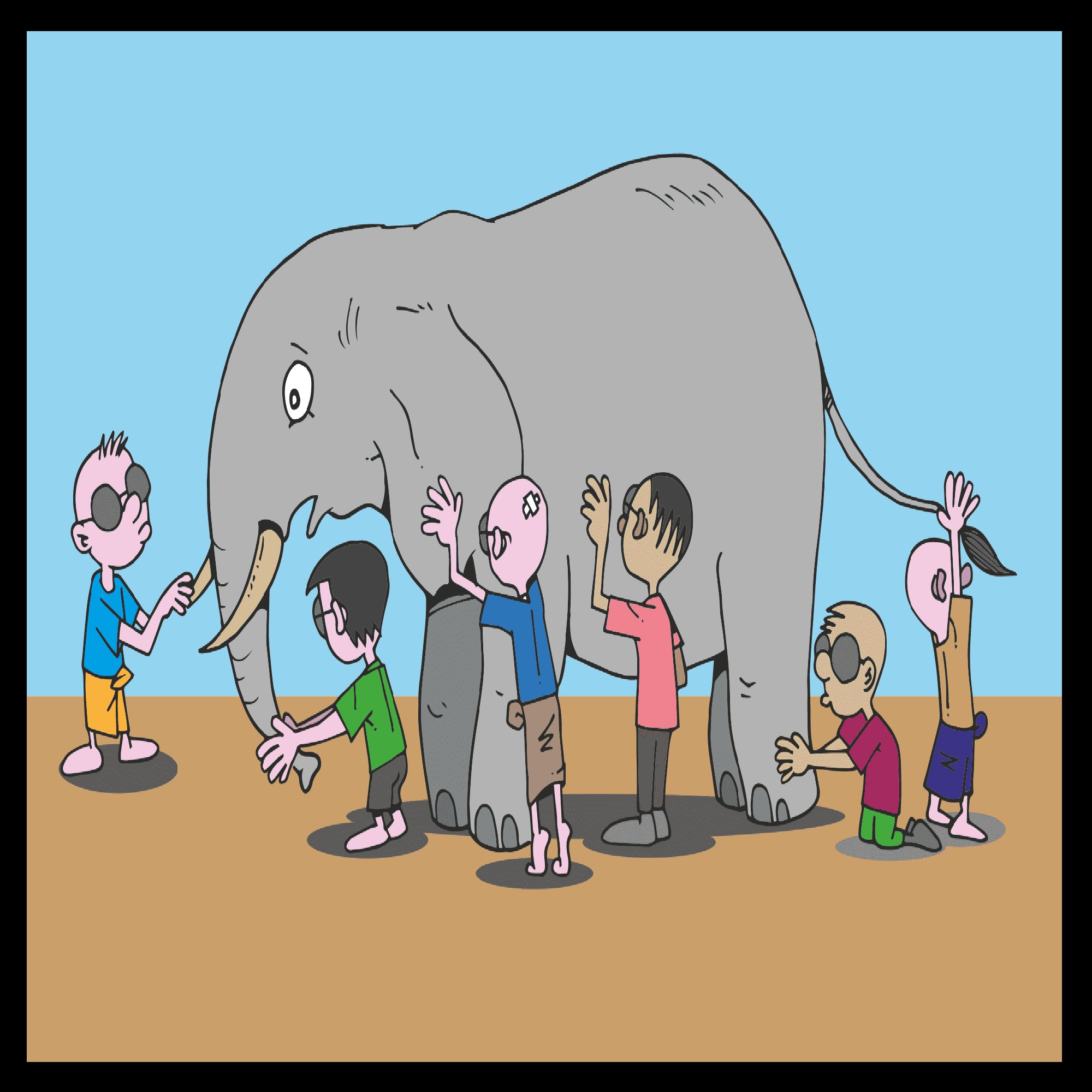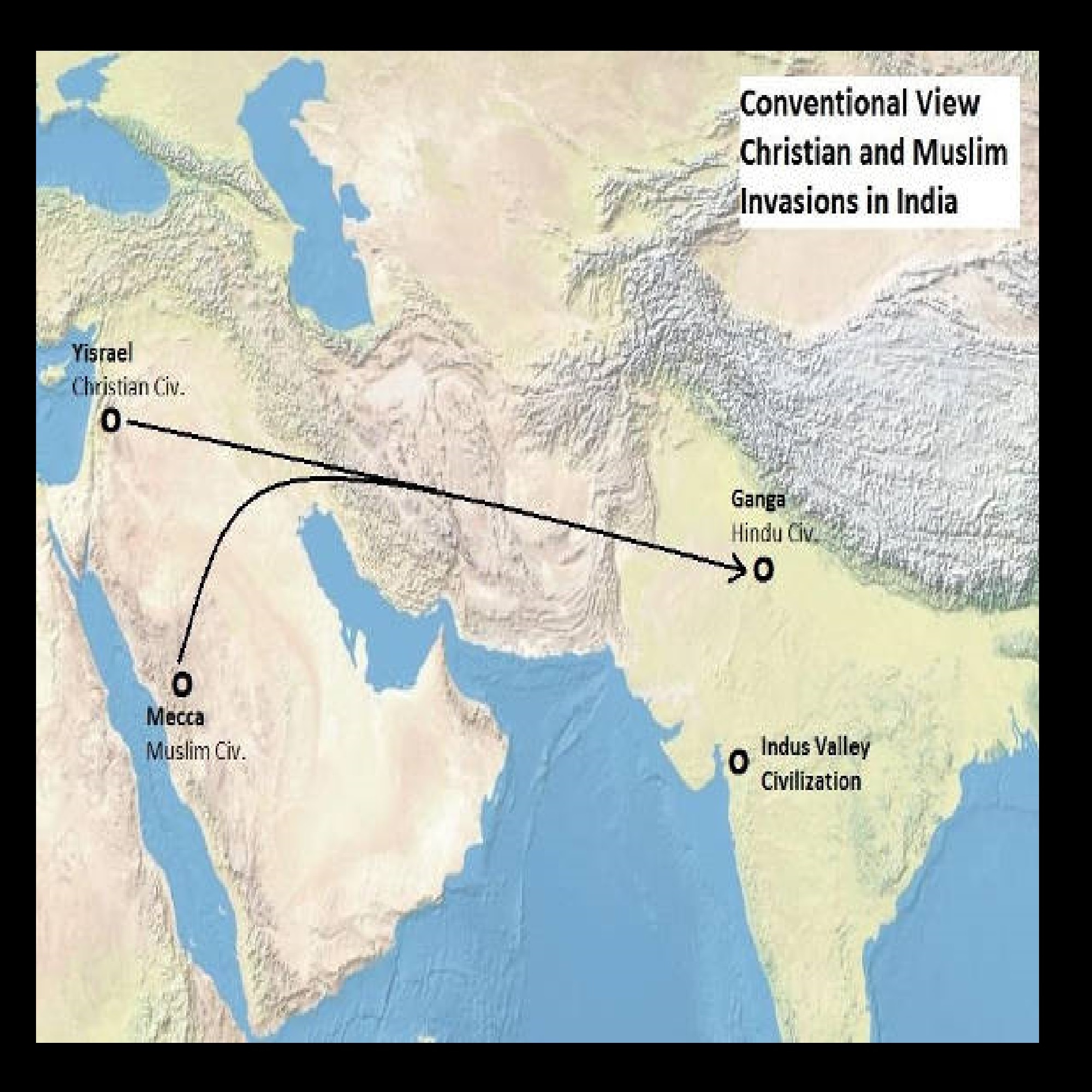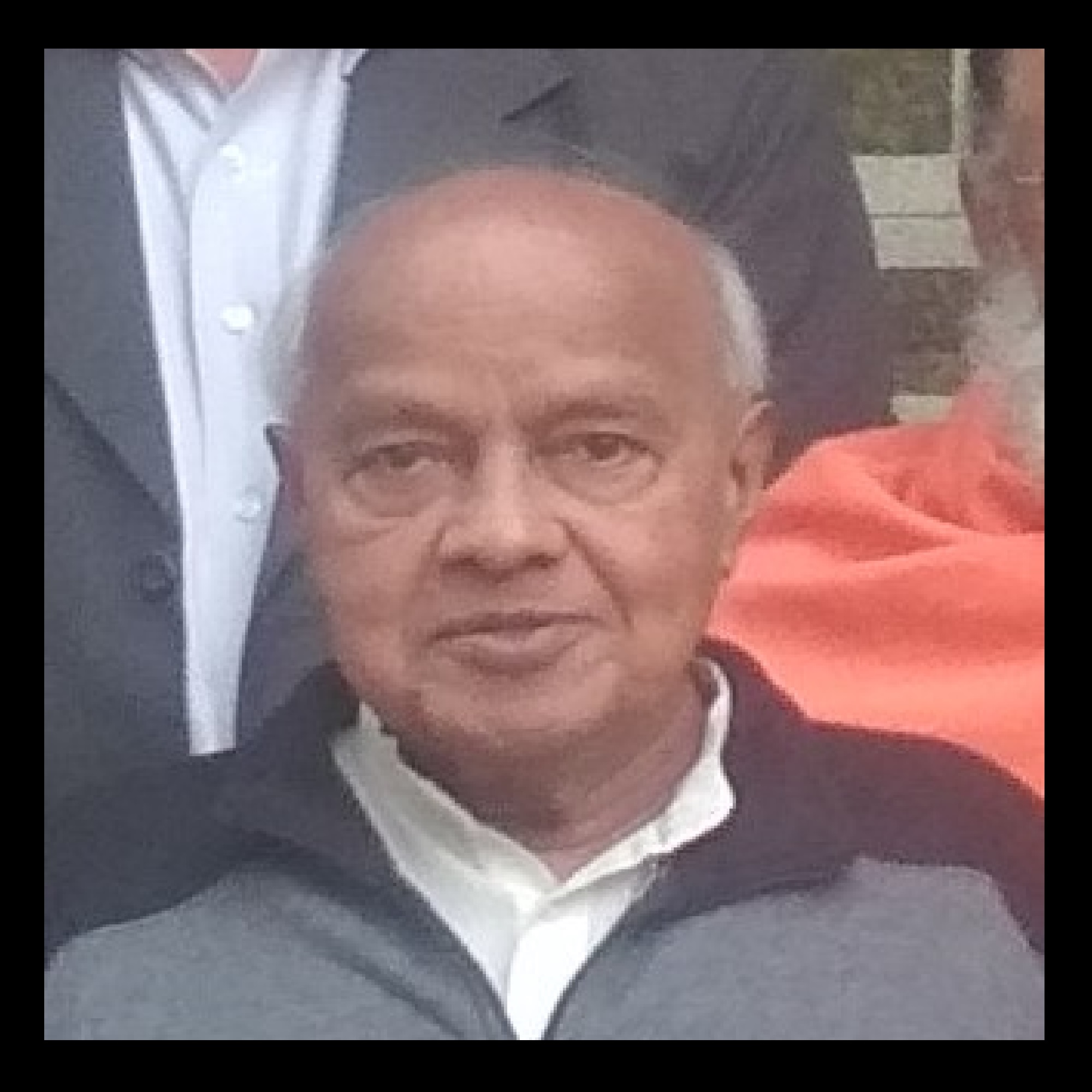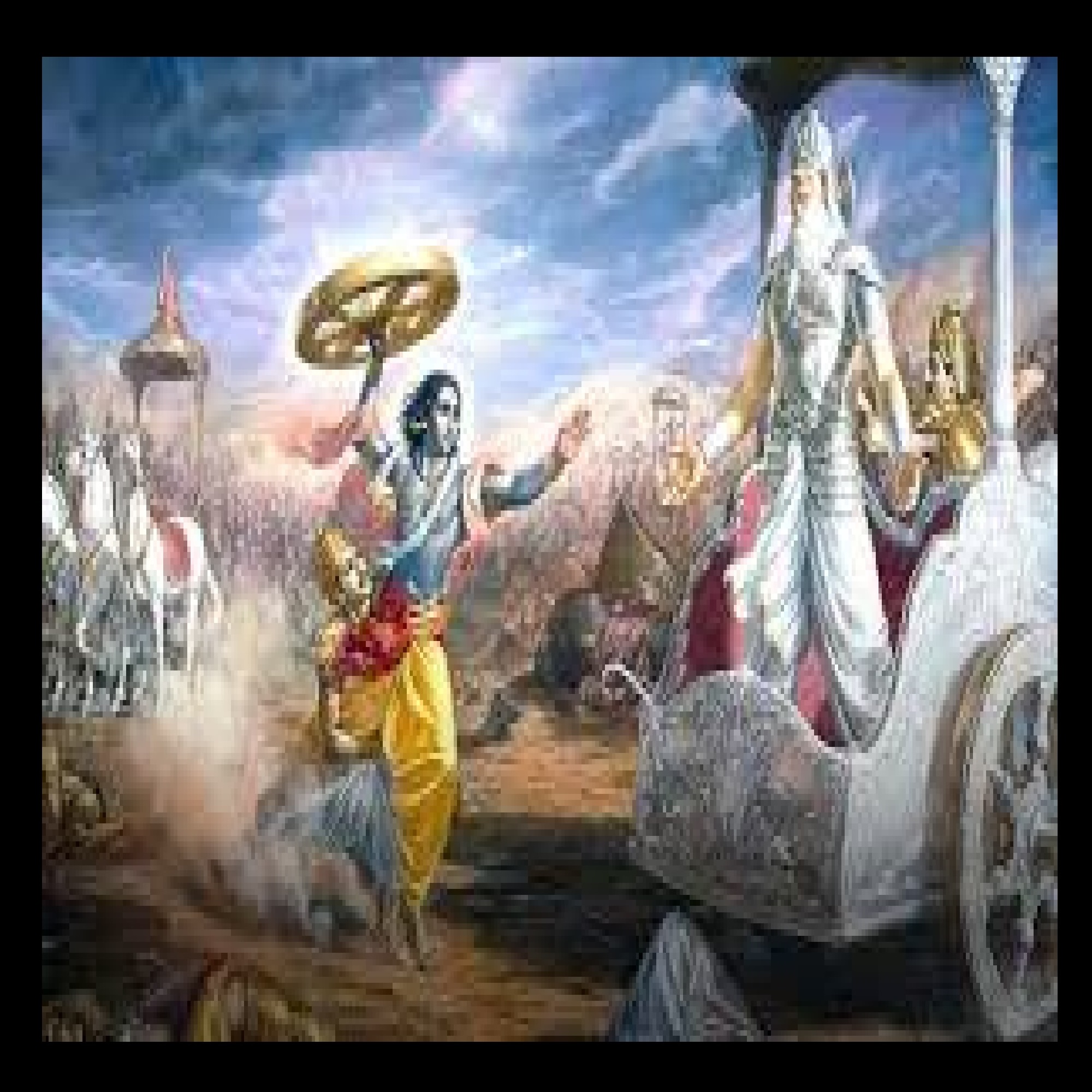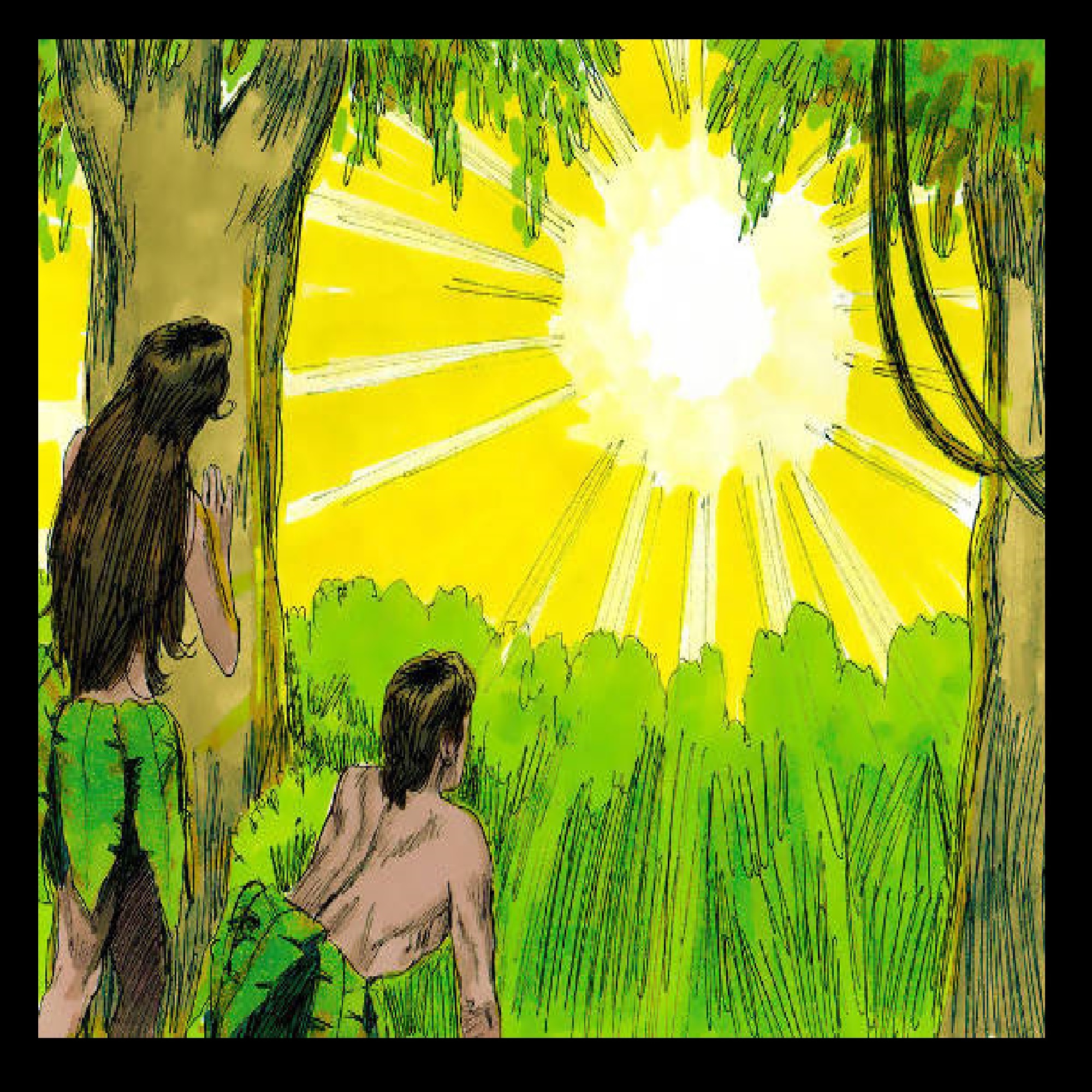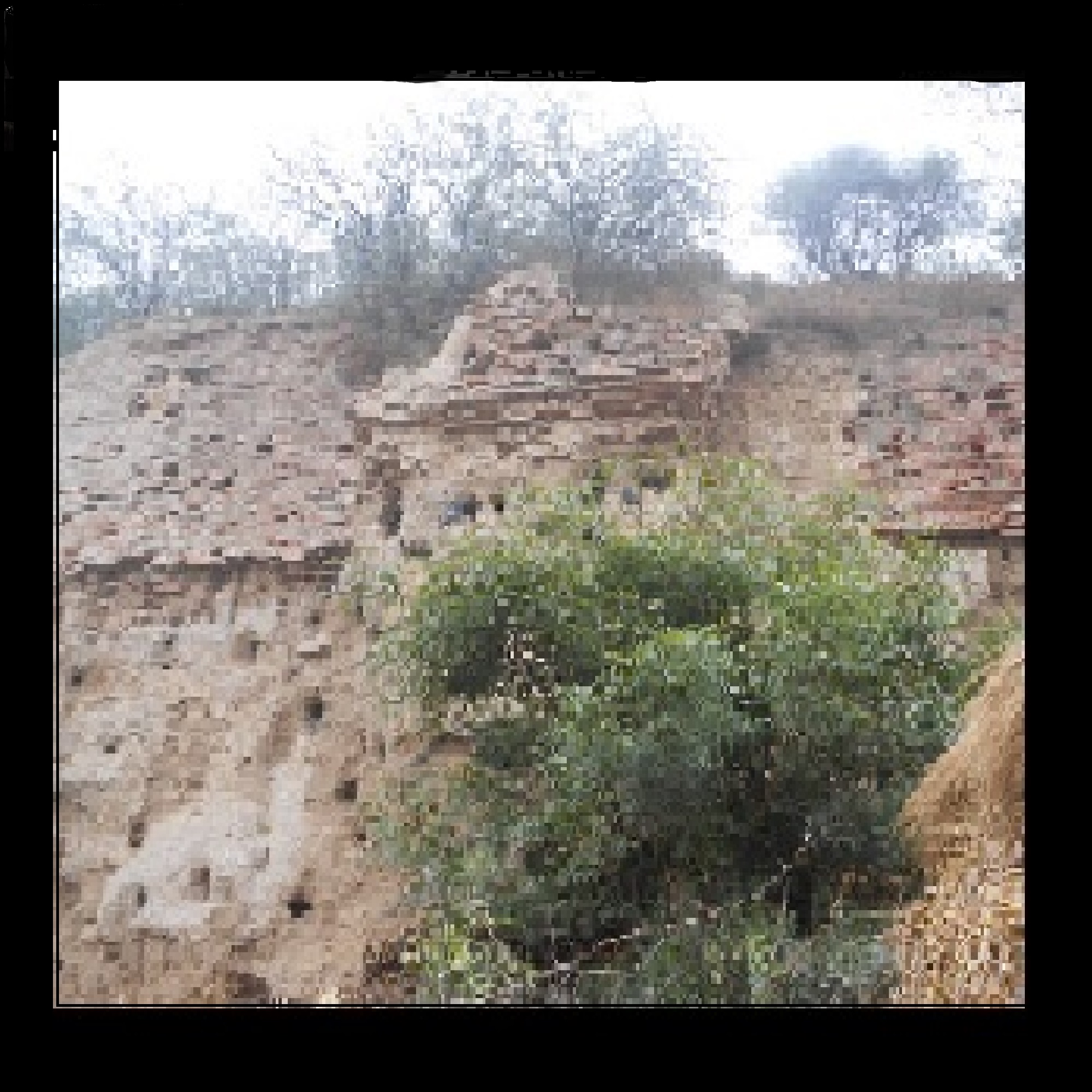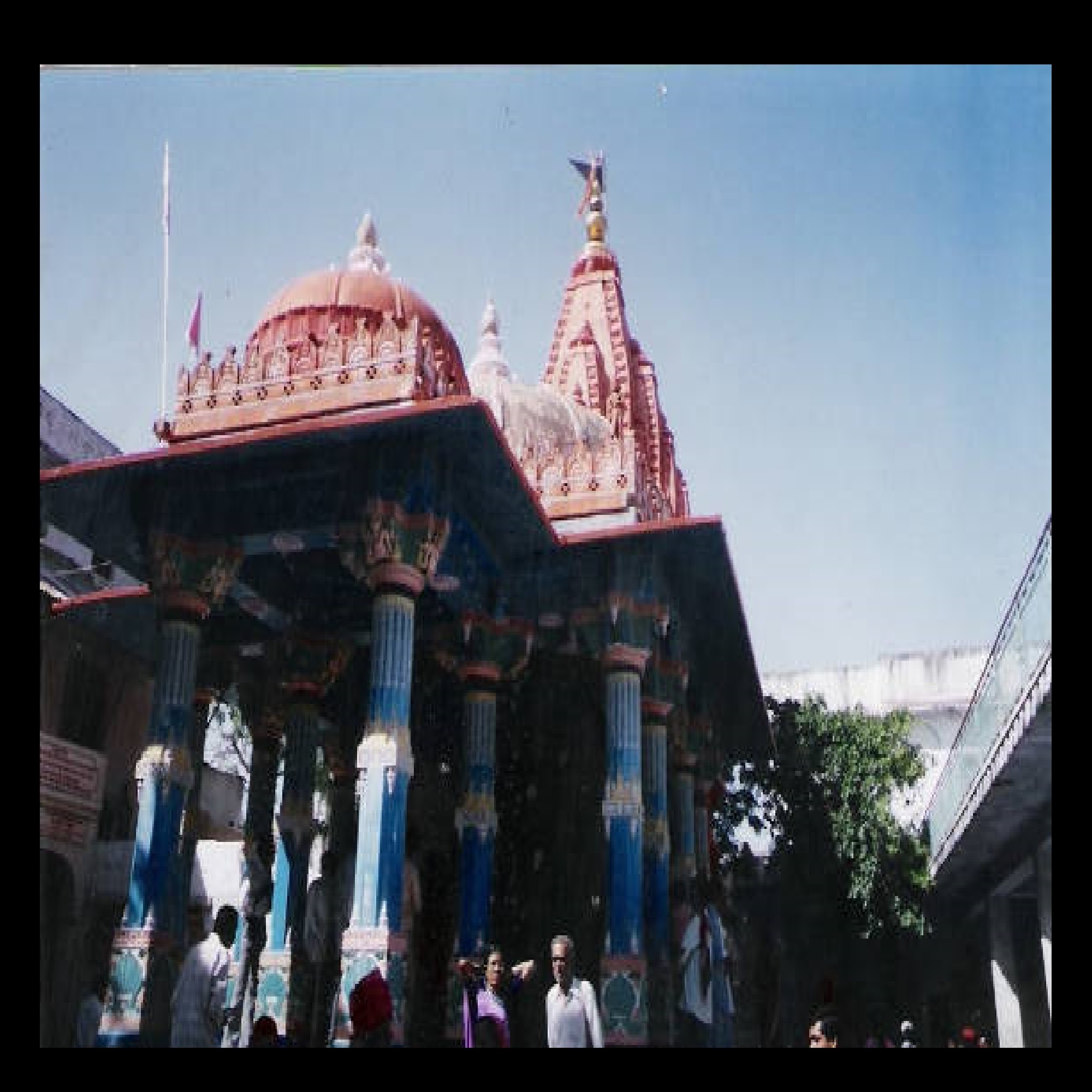Parallel Narratives: Rama and Abraham
[vc_row][vc_column][vc_column_text]
Abraham, Sarah and Lot went to the south
We have been suggesting that Biblical Abraham, Quranic Ibrahim and Hindu Rama were the same person.This hypothesis is challenged by scholars who correctly argue that mere delineating the similarities of parallels is not sufficient. We should also look at the differences between the narratives. We shall do this now.

Rama, Sita and Lakshmana went to the south
In tracing the differences between the Biblical and Hindu narratives we take the lead from the presidential address at the Society of Biblical Literature given by Professor Samuel Sandmel in 1961.

Professor Samuel Sandmel warned against Parallelomania in a lecture at SBL.

Parallelomania take place when the parallels are highlighted and distinctions are hidden.
Prof Sandmel said that there is a dangerous trend of “Parallelomania”where scholars take disjointed parallels between difference narratives and try to show the identity. Sometimes they artificially also deduce causality as to which narrative came first and which followed. He said that the alleged similarities may not actually exist because scholars do not pay adequate attention to the differences between the narratives.

There are no contradictory narratives in the Biblical and Hindu narratives of Abraham-Rama.

The silences in the Biblical and Hindu narratives give an impression that they are different.
There are two types of differences. First is where the Biblical narrative says a X and the Hindu narrative says Y—which are two different or contradictory statements about the same event. Second is where the Biblical narrative may be silent and the Hindu narrative tells of some event; or the Hindu narrative is silent and the Biblical narrative tells of some event. Now these silences are not necessarily contradictory.

The Bible and Ramayana are like historians talking about Normandy and the Pearl Harbour

The Bible and Ramayana are like historians talking about Normandy and the Pearl Harbour
For example, let us say two person were writing the hinarrative of Second World War. One historian talks about the landing at Normandy while another talks about the Japanese attack on the Pearl Harbour. This does not mean that the two narratives are distinct. It only means that the two narratives are different aspects of the same larger frame. We have to, therefore, distinguish between the differences which are due to silences and differences which are contradictory.
Certain distinctions between the narratives still do not mean that the narratives are not the same. The distinctions can be “irreconcilable” or “superficial.”

Abraham and Lot were same persons as Rama and Lakshmana.
The Bible says that Abraham had two brothers. One of them, Nahor, had a son name Lot. The Biblical narrative of revolves around these four persons–Abraham his two brothers and one nephew. The Hindu narrative also revolves around four persons but all are brothers. Here we have a superficial distinction between the narratives. Whether Lot was nephew or brother does not destabilize the plot.

Terah migrated from Ur Chaldea to Haran to Ai. Rama’s ancestors migrated from Ikshumati to Ayodhya
A distinction is that the Bible tells of Abraham’s father Terah having migrated from a place named Ur Chaldea to Haran where he died. Abraham went onwards to a placed name Ai in Canaan from here. In comparison, the Hindu narrative does not tell of Rama’s father Dasaratha migrating. However, it does say that Rama’s ancestors lived at a place called Ikshumati. It follows that there would have taken a migration from Ikshumati to Ayodhya at some time although the time of this migration is not specified. The parallel, therefore, is that both narratives tell of a migration from Ur Chaldea or Ikshumati to Ai or Ayodhya although the timing of the migration is different. Once again, the distinction is superficial since it does not destabilize the plot.

Abraham was a powerful herdsman while Rama was a king

Abraham was a powerful herdsman while Rama was a king
A distinction is that the Bible speaks of Abraham as a herdsman, very often,a powerful herdsman. On the other hand, the Hindu narrative tells of him being a king. Once again this is a superficial difference is not critical to the narrative.

The Bible is silent on Abraham-Rama being taken by the Sage Vishwamitra to the south.

The Bible is silent on Sarah-Sita being married to Abraham-Rama while returning from the south
Now we come to an important silence in the Ramayana which records the doings of Lord Rama. The text tells of Rama being taken by the Sage Vishwamitra to the south for killing certain demons who were obstructing his sacrifices. Rama got married to Sita while returning from the journey. The Bible is silent on this but this slips into the Biblical narrative without a hiccup.

Abraham, Sarah and Lot went to the south just as Rama, Sita and Lakshmana went

Abraham, Sarah and Lot went to the south just as Rama, Sita and Lakshmana went
The next point is that Abraham-Rama travels to the south in both the narratives. Abraham is accompanied by his wife Sarah and his nephew Lot whereas Rama is accompanied by his wife Sita and his brother Lakshmana. The travel to the south is attested in the both the narratives.
A distinction is that the Bible says that there was a famine in the land of Canaan which led Abraham to migrate to the south. The Hindu narrative dose not talk about such a famine. Instead, it tells in great details about a palace intrigue. It says that the Dasaratha, father of Rama, had three wives. He had given a boon to one of his wives–Kekeyi. She invoked this boon when Dasaratha wanted to install Rama on the throne of Ayodhya and insisted that Rama should be exiled for fourteen years and her son Bharata should be installed on the throne. This intrigue led to Rama traveling to the south.
Now, the famine and the intrigue could happen at the same time. These can go together. The Bible talks about the famine while the Hindu texts talk about the intrigue. The two narratives are not contradictory.

Rama-Abraham crossed the Ganga River while traveling to the south. The Bible is silent on this.
While Rama travelling to the south, the Ramayana gives a large number of events. These include visiting Sage Bharadwaj, crossing the Yamuna and Ganga rivers, killing of a number of demons like Viradh, visiting the hermitage of sage Agastya and so on.

Rama-Abraham settled in the south at Panchvati-Mitsrayim.
Rama settled at a place called Panchvati after these events. The Bible is silent on these events. These things could happened in the life of Abraham and the Biblical may not have recorded them.

Sarah-Sita was taken to the palace of Pharaoh-Ravana

Sarah-Sita was abducted by Pharaoh-Ravana
The Biblical narrative tells of Abraham reaching Mitsrayim in the South. The people of Mitsrayim found that Sarah was beautiful. They reported this to the Pharoah and they her to the Pharaoh’spalace. The Hindu narrative is much longer. It tells of Surpanakha, sister of the king of south name Ravana, coming to Panchvati and requesting Rama or Lakshmana to marry her. She went to Ravana upon being rebuffed. Then Ravana pledged to take revenge with Rama. This led toRavana coming to Panchvati, abducting Sita and taking her to his palace in Lanka.
We can see that the taking of Sarah-Sita to the palace of the king of the south is the same in the two narratives. The difference is that the Biblical narrative does not give much details. It only says that Sarah was taken to the palace whereas the Hindu narrative gives details about the conflict with Supanakha, Ravana coming to abduct her, and taking her to Lanka. The two narratives are parallel.
An interesting event happened in the south. Abraham told Sarah to speak to the people of south that she was his sister and not his wife. He thought that people of the south would kill him and in order to take Sarah if she said that she was his wife. Then, in the south, Sarah said that she was Abraham’s sister and the people of the south took her to the Pharaoh. Later, in the Biblical narrative, Abraham said that Sarah was the daughter of his father but not of his mother. She was his half-sister and became his wife.

Stutterheims’ legend of Rama tells of Sita being daughter of Dasaratha.

The Malayan legend of Rama tells of Sita being daughter of Dasaratha.
The Ramayana does not talk about this event. But the Malayan legend of Rama tells of an incident. It says that Dasarata had once visited Lanka. While Ravana had gone to be with his first wife, Dasarata cohabited with his wife Mandu Daki, likely referred to as Mandodari in the Ramayana. The daughter born of that union was Sita.

Sarah was half-sister of Abraham just as Sita was half-sister of Rama.
The Ramayana confirms that Sita was Born in Lanka. Here the Malayan legend and Ramayana are parallel that Sita was born in Lanka. The Ramayana is silent about her father while the Malayan legend says she was daughter of Dasaratha, father of Rama. Later, the Valmiki Ramayana says that Sita was thrown into the sea and was picked up by King Janaka and married with Rama. Both the narratives, therefore, indicate that Sita could be the daughter of Terah-Dasaratha. Thus, the Bible says Sarah was Abraham’s father’s daughter while the Ramayana is silent.

The Pharaoh did not touch Sarah just as Ravana did not touch Rama.
The King James Version of the Bible says that while returning Sarah to Abraham the Pharaoh said to Abraham that you should told me that she was your wife because “I might have touched her.” This indicates that he had not touched her. The Ramayana confirms that although Ravana had not touched her. Both the narrative are parallel that Sarah-Sita had not been touched by Pharaoh-Ravana.
Towards the end of Abraham’s stay in the south, the Bible says that the Pharaoh’s house was struck with troubles. It does not tell what those troubles were. Yet, because of these troubles the Pharaoh decided to return Sarah to Abraham.

Rama-Abraham crossed the sea to attack Lanka-Mitsrayim.

Rama-Abraham brought troubles to Pharaoh-Ravana.
The Hindu narrative is much longer.Over two entire books it tells about Rama’s search for Sita, his sending Hanuman to search for Sita, crossing the sea, attacking Lanka, killing Ravana and then retrieving his wife Sita. The mention that the Pharaoh was struck with troubles in the Bible could be parallel to this long narrative given in the Ramayana. The distinction is that Abraham did not kill the Pharaoh while Rama killed Ravana.

Biblical Ai was Ramayana’s Ayodhya
Abraham-Rama returned to his place of origin which is Ai in the Bible and Ayodhya in the Ramayana.The Bible tells of this travel in the single verse whereas the Hindu text gives a long description on the Pushpak vehicle.
We find that there are major problems with silences between the two narratives. The first silence in the Bible is about Rama’s travels to the south with Vishwamitra. The second silence is about Rama’s confrontation with demons like Viradh during his travel to the south. The third silence is regarding the long effort made by Rama to attack Lanka retrieve Sita. The fourth silence is about the Return in the Pushpak vehicle. However, these silences smoothly slip into the Biblical narrative and are not in any way contradictory.
The first point of distinction between the two narratives is that the Bible talks about two brother and one nephew whereas the Hindu narrative talks about three brothers of Abraham-Rama. The second distinction is that the Bible talks about Abraham being a herdsman whereas the Hindu narrative talks about him being a king. The third distinction is the Bible talks about Abraham travelling to the south because of a famine whereas the Hindu narrative talks about his travelling to the south because of a palace intrigue. The fourth distinction is that the Pharaoh is not killed by Abraham but the Ravana is killed by Rama. These distinction do not destabilize the overall narrative, however. Therefore, we should seriously think that whether these parallels could arise because of the memories of the same events recorded in the two traditions.

Freud said that collective memories remain in social unconscious.

Freud said that societies keep unconscious memories like the individual.
Psychologist Sigmund Freud has said that just as events of the past are recorded in an individual’s unconscious, similarly the social events of the past are recorded in the collective unconscious of the society. It is possible that there was one series of events part of which was remembered by the Biblical stream and another part was remembered by the Hindu stream. The same memory is now available to us in two versions but the two version merge into each other beautifully.
There take place more happenings after Abraham-Rama returning to Ai-Ayodhya. We will discuss those in another post. For the present, these similarities and the lack of irreconcilable distinctions between the two narratives give us reason to believe that Biblical Abraham and Hindu Rama could be the same person.
[/vc_column_text][/vc_column][/vc_row]
Visit our website: https://www.commonprophets.com/
For Videos: https://www.youtube.com/channel/UCN4sb3toJxNGPjmSubnwz_Q
For more information on the theory of Common Prophets, Please like my FB Page One God One 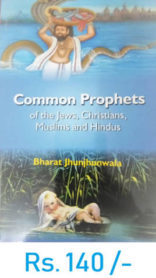 Religion, Subscribe my English channel One God One Religion, subscribe my Hindi Channel एक ईश्वर, and you may like to buy my book here.
Religion, Subscribe my English channel One God One Religion, subscribe my Hindi Channel एक ईश्वर, and you may like to buy my book here.

